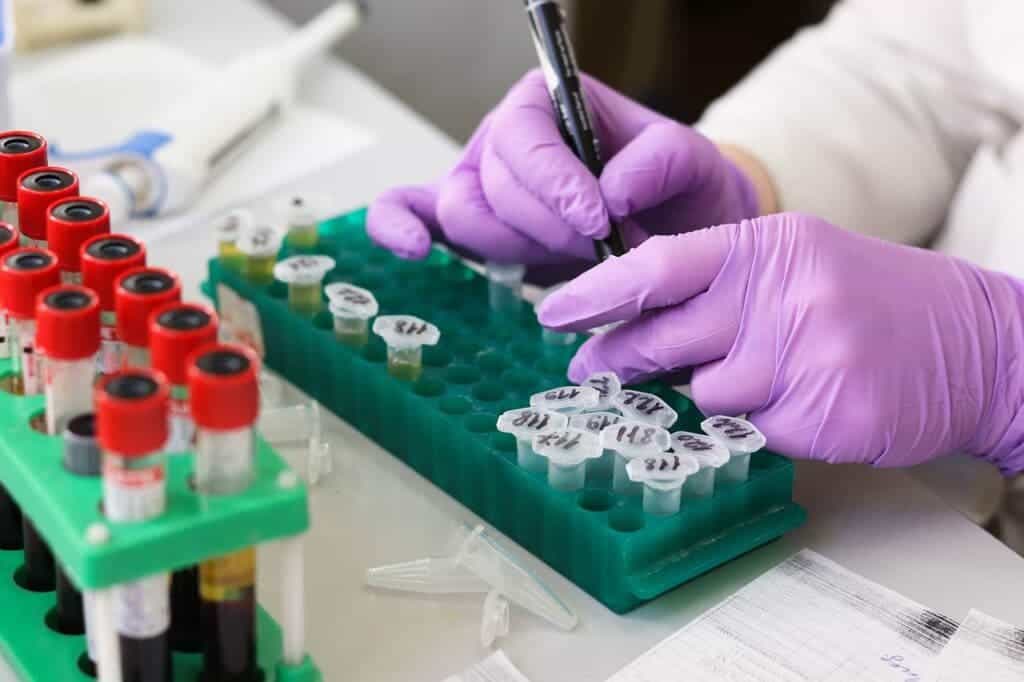
Funding for research is at its “lowest levels in many years,” according to a recent note to clients sent by two researchers at Goldman Sachs, obtained by Axios.
The rapidly-evolving COVID-19 pandemic might have seemed like it came out of the blue, but scientists have been warning that something like this was inevitable, statistically speaking, given the level of human encroachment on wildlife habitats known to harbor novel viruses.
In fact, some scientists have published works suggesting that novel coronaviruses could spill out of bats in Asia years before the outbreak of COVID-19 — yes, the predictions were that specific.
While the public can be forgiven to an extent for its ignorance of evidence-based threats to its safety, policymakers should have known (and acted) better.
“The federal government now plays a much smaller role in advancing science than it did in the past. The consequence of this trend is particularly damaging for basic research, which depends on the government as its main source of funding,” wrote Abby Joseph Cohen and Michael Hao Wu of Goldman Sachs Research.
The pair of researchers also conducted an inflation-adjusted analysis of federal spending on research and development.
According to their results, spending for the fiscal year 2019 amounted to 0.6% of the nation’s GDP and 2.8% of total federal outlays. That’s 14% less than in 2011, the researchers noted.
“When adjusted for inflation, the first three years of the Trump administration had the lowest levels of federal R&D spending since FY 2002.”
“The Trump administration has repeatedly tried to cut funding from federal research and public health agencies. Its FY 2021 budget released on February 10 proposed funding cuts of 18.6% for the CDC, 7.5% for NIAID, and 7.2% for NIH.”


